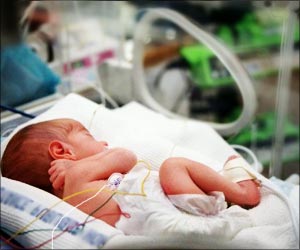An increasing number of women at high risk for breast or ovarian cancer are choosing to undergo surgery as a precautionary measure to decrease their cancer risk, say researchers.
An increasing number of women at high risk for breast or ovarian cancer are choosing to undergo surgery as a precautionary measure to decrease their cancer risk, say researchers.
The elevated numbers were measured among 211 women with known unaffected BRCA1 or BRCA2 mutation carriers.BRCA1 and BRCA2 are hereditary gene mutations that indicate an increased risk for developing breast cancer.
Moreover, over 3,500 women at greater than 25 percent lifetime risk of breast cancer without mutations have also had a documented increase in risk-reduction surgery.
"Women have their breasts or ovaries removed based on their risk. It does not always happen immediately after counselling or a genetic test result and can take more than seven years for patients to decide to go forward with surgery," said lead researcher Dr D. Gareth Evans, a consultant in clinical genetics at the Genesis Prevention Centre, University Hospital of South Manchester NHS Trust and a professor at the University of Manchester, United Kingdom.
The study showed that women who had a biopsy even if benign, after undergoing risk evaluation were twice as likely to choose a risk-reducing mastectomy.
"Screening should be conducted at a place with expertise in an effort to minimize false-positive results, which often lead to biopsy," said Dr Claudine Isaacs, an associate professor of medicine and co-director of the Fisher Centre for Familial Cancer Research, Lombardi Comprehensive Cancer Centre at Georgetown University.
Advertisement
The study showed tat forty percent of the women who were mutation carriers underwent bilateral risk-reducing mastectomy; 45 percent had bilateral risk-reducing salpingo-oophorectomy (surgical removal of ovaries).
Advertisement
"This is a very interesting study. It fleshes out some of what we know about adoption of risk reduction strategies in high-risk women who have participated in a very comprehensive and well thought-out genetic counseling, testing and management program," said Isaacs.
She said that BRCA1 and BRCA2 mutation carriers have a very high lifetime risk of cancer, and for BRCA1 carriers there are unfortunately no clearly proven non-surgical prevention strategies.
These women face a 50 to 85 percent lifetime risk of breast cancer, and mastectomy is currently the most effective prevention method available.
Source-ANI
SRM














